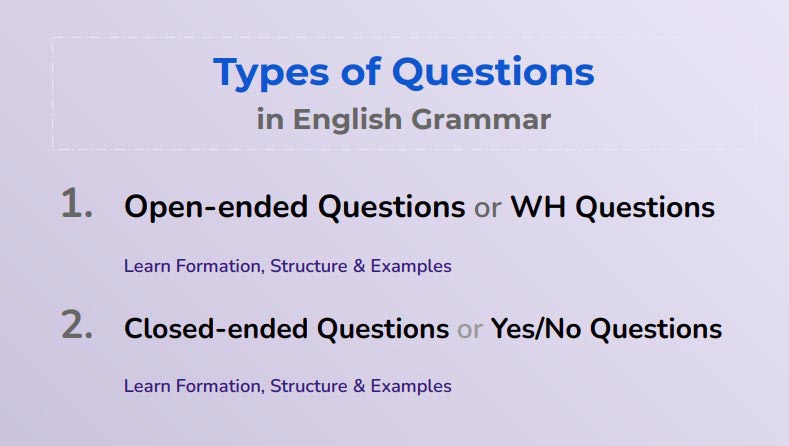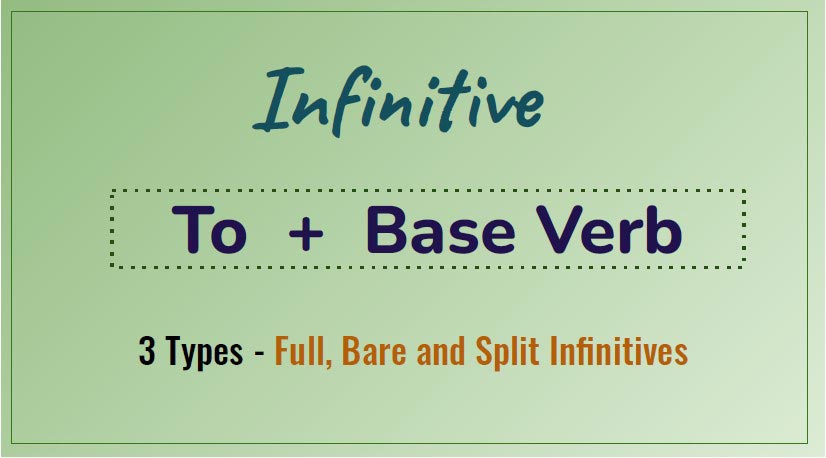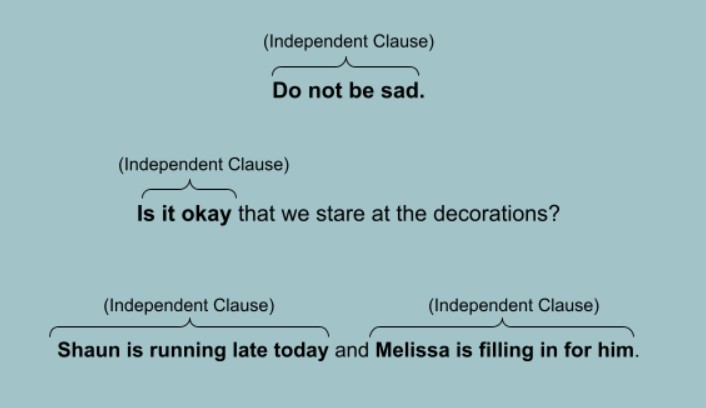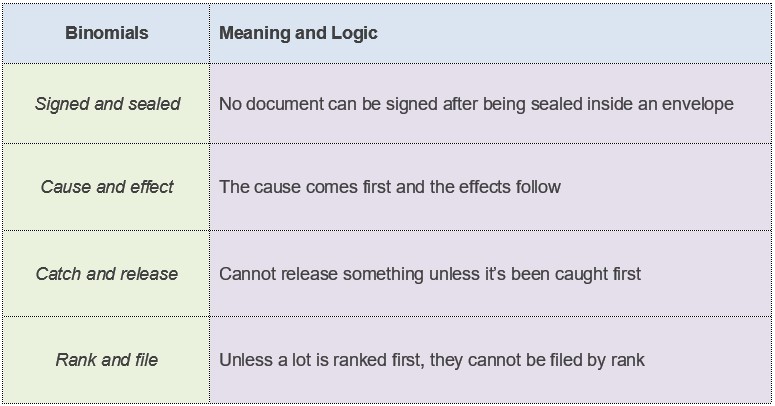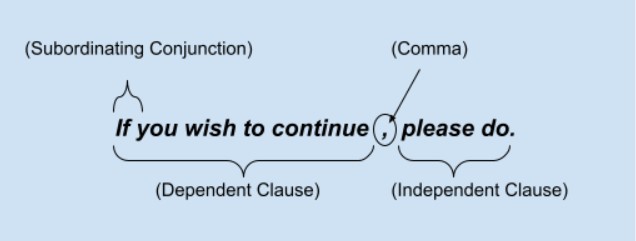Mood: Definition, Types & Examples
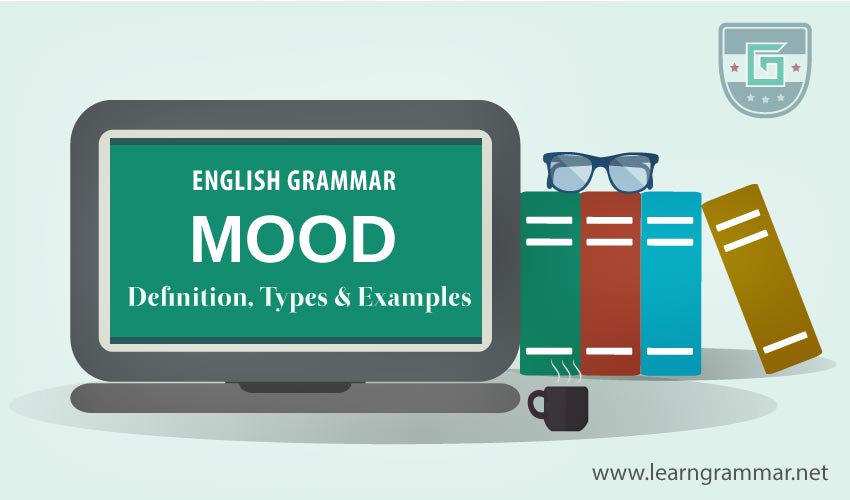
The mood in English grammar does not refer to the emotion of the action or anything like that. Instead, the mood of the verbs refers to whether or not something is a fact. The intention of the speaker/writer is understood by the mood of the verbs.
In English, there are mainly three kinds of mood:
Each of the types has a particular function.
Indicative Mood
Indicative mood tells the reader/listener something factual. This mood is generally used in making a statement or asking for a statement by a question. The statement can be factual or presumed to be factual.
Example:
- Michel was the greatest musician.
- Where are you going?
- I am going to Texas.
Imperative Mood
Imperative mood makes a verb into a command or request. It always uses the second person as the subject of the sentence and most of the time the subject remains hidden.
Example:
- Bring the bottle over here.
- Make me a cup of tea, please.
- Let her take her own decisions. (Here, ‘let’ is the verb of this sentence, not ‘take’.)
Subjunctive Mood
Subjunctive mood indicates the possibility, wishes, or hypothetical statements. It is almost the opposite of the indicative mood. This mood usually mixes the tense of the verbs and does not follow the common usage of the tense.
Subjunctive has some different structures from the other structures of sentences.
Conditionals generally use the subjunctive mood.
Example:
- If you change this dress, I will take you with me.
- If I were in your shoes, I would not do it.
- If they were in America, they could not escape from it.
- If they had taken the vaccine, they would not have been affected.
Some certain verbs + the conjunction that requires the next clause to use the subjunctive mood and the clause uses the base form of the verb in it.
The verbs are:
| Advise – demand – prefer – require – ask – insist Propose – stipulate – command – recommend Suggest – decree – order – request – urge – move |
Structure:
| Subject + the verbs of the above box (any tense) + THAT + subject + base verb + . . . . . |
Example:
- He insisted that I stay at home.
- The office requires that we complete our work timely.
- She commanded that he stop smoking.
- I recommend that you wake up early.
Note: There are some clauses also which require the verb of the next clause to be in base form.
The clauses are:
|
It is/was + past participle form of the verb of the above box + THAT It is/was urgent + THAT It is/was necessary + THAT It is/was important + THAT |
Example:
- It is important that you invite the prime minister in our wedding.
- It was necessary that I make a fence.
- It was recommended that you meet the principal.
Grammar
Read More
- How to Use "Therefore" in Sentences Avoiding Common Mistakes
- How to Use "Whereas" with Examples and Avoid Common Mistakes
- When and How to Use "Thus" Correctly Without Common Mistakes
- How to Use "On the Contrary" Properly with Meaning and Examples
- When and How to Use "Either/Or" with Examples and Common Mistakes to Avoid
- How to Use "On the Other Hand" Effectively without Mistakes
- How to Use "Respectively" with Example and Common Errors to Avoid
- How and When to Use "Moreover" Without Mistakes
- How to Use "Likewise" in Sentences Based on Context & When not to Use
- When & How to Use "Although" in Sentences to Avoid Mistake

